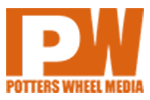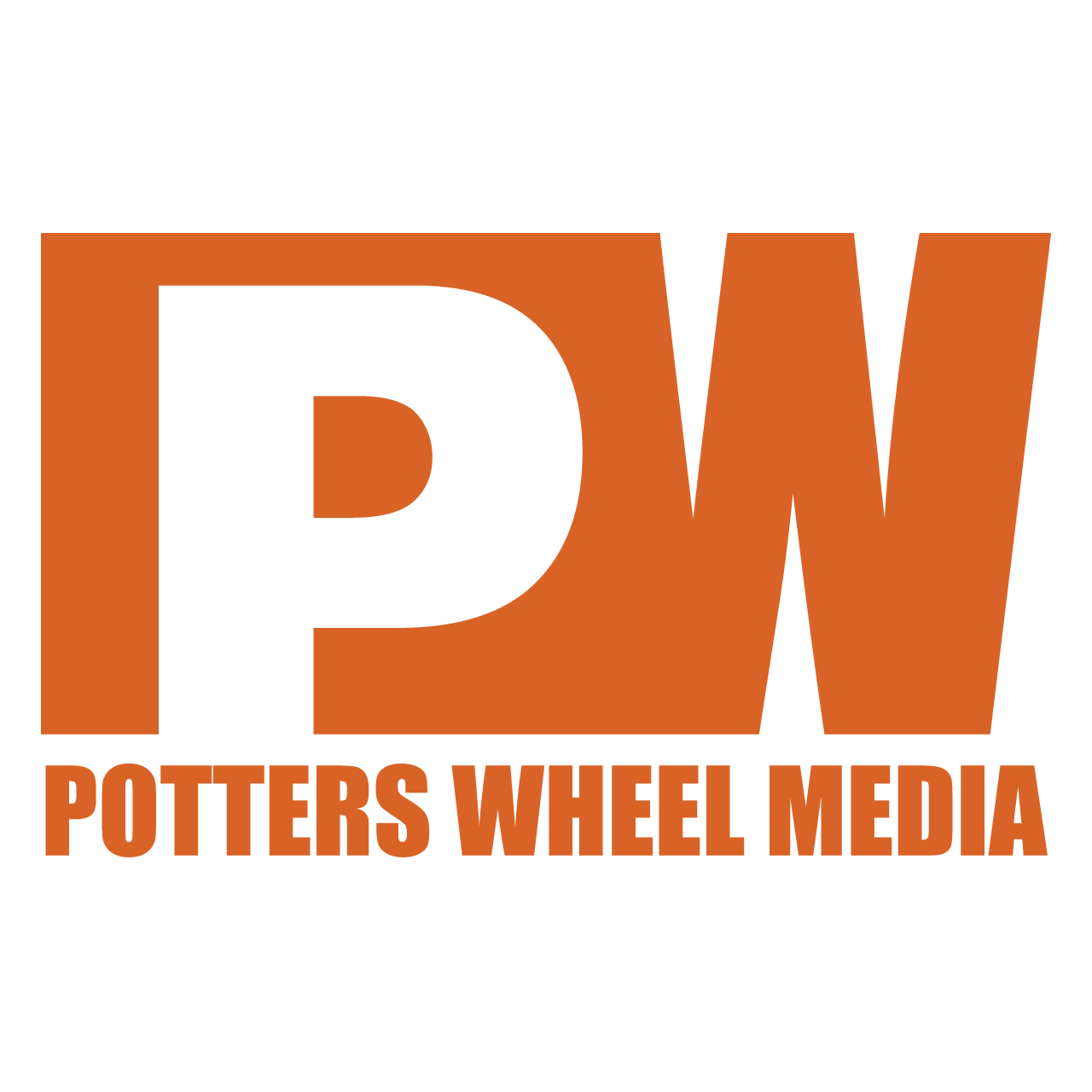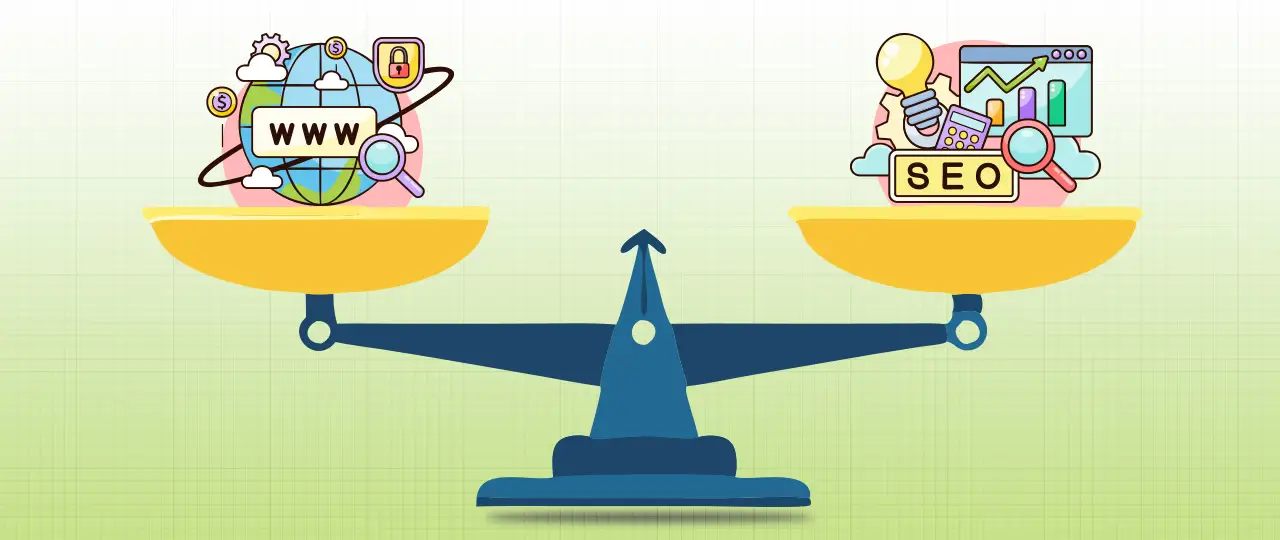Creative Web Design Meets SEO: Building Sites That Engage and Rank
Imagine building a beautiful storefront in a busy city, but it’s hidden down an alley no one knows about. That’s often the challenge with websites, making them look great while ensuring people can actually find them. Potters Wheel a Web Designing Company in Kochi specializes in navigating this balance. They create visually appealing, user-friendly experiences that also rank well in search results. A strong online presence is key these days, and an effective website is your main meeting point with customers.
Many believe that creativity and SEO are opposing forces, like oil and water. This idea is a common misunderstanding. When you bring them together thoughtfully, they actually make each other stronger. This leads to websites that grab attention and bring in the right kind of visitors. A skilled seo company in Kochi knows how to achieve this mix, making your site both memorable and discoverable.
This article will show you practical ways to build a website that both looks amazing and performs well on search engines. We will cover strategies for designers and business owners alike. Get ready to learn how to make your website truly stand out and succeed online.
Understanding the SEO Foundation for Creative Design
The Core Principles of Search Engine Optimization (SEO)
SEO is all about making your website show up higher when people search online. Its main goal is to boost your site’s visibility and attract more visitors from search engines. Key parts of SEO include using the right keywords, which are the words people type into search bars. There is also on-page optimization, which means improving elements on your actual website. Off-page optimization refers to activities outside your site, like getting links from other websites. Technical SEO ensures your site runs smoothly behind the scenes.
User Experience (UX) as a Ranking Factor
Search engines really care if users are happy with your website. They use signals like how long someone stays on a page or if they quickly leave. A high “bounce rate” means many people leave right away. “Time on page” shows how long visitors stick around. Good design directly improves these metrics, keeping visitors engaged. An easy-to-use site with clear navigation makes people want to explore more, which search engines like.
Mobile-First Design and its SEO Implications
Most people browse the internet on their phones. Because of this, Google primarily looks at your site’s mobile version when deciding how to rank it. This is called “mobile-first indexing.” Designing for mobile first ensures your site looks and works great on smaller screens. Responsive design helps your site adjust to any screen size. This offers a smooth experience for everyone, which is a big plus for SEO.
Integrating Keywords into Visual and Structural Elements
Strategic Keyword Research for Design Context
Finding the right keywords means knowing what your audience searches for. But it’s not just about what words to use in text. Think about how keywords connect to your site’s look and structure. For example, if you have a “hand-crafted jewelry” section, those keywords can go into header tags or even image descriptions. This helps search engines understand the full picture of your content.
Optimizing Headings and Subheadings (H1, H2, H3)
Headings are like signposts for both users and search engines. Your main title, the H1, should clearly state what the page is about and often includes your primary keyword. Subheadings like H2s and H3s break up text, making it easier to read. Naturally adding keywords into these helps search engines grasp your content’s structure. It also guides visitors through your information logically.
Image Optimization: Alt Text and File Names
Images make a site visually appealing, but they also offer SEO chances. “Alt text” describes an image for people who can’t see it, like those using screen readers. It’s also what search engines read. Using descriptive alt text with relevant keywords helps your images appear in image searches. Naming your image files clearly, like “red-sandalwood-carving.jpg” instead of “IMG001.jpg,” further boosts visibility and accessibility.
Content and Visual Harmony for Engagement and Ranking
Crafting Compelling Content with SEO in Mind
High-quality content is the heart of any successful website. It needs to be original, helpful, and directly related to what your audience wants to know. Weave keywords naturally into your writing; don’t just stuff them in. Think about creating “content clusters” around main topics. A central “pillar page” can link to many related, detailed articles. This shows search engines you are an expert in your field.
Balancing Visual Appeal with Content Readability
A beautiful design doesn’t mean much if your content is hard to read. Use plenty of “whitespace” around text and images; it makes content feel less crowded. Good typography—choosing easy-to-read fonts and sizes—is also key. Color choices should enhance readability, not hinder it. A clear visual hierarchy guides users effortlessly through your content. This boosts engagement and keeps them on your site longer, which benefits SEO.
The Role of Video and Multimedia in SEO and Engagement
Internal links connect different pages on your own website. They help users find more relevant content. For example, an article about “web design trends” might link to another about “optimizing for mobile devices.” These links also spread “link equity” or “authority” across your site. This tells search engines which pages are important and helps them understand your site’s overall structure.
Technical SEO for a Seamless Creative Experience
Website Speed and Performance Optimization
No one likes a slow website. Page load speed greatly impacts how users feel and how your site ranks. Even a one-second delay can make people leave. To speed things up, make sure your images are optimized—they should be good quality but not huge files. Use browser caching so return visitors don’t have to reload everything. Minimizing complex code also helps your site load faster.
Internal Linking Strategies for Navigation and Authority Flow
No one likes a slow website. Page load speed greatly impacts how users feel and how your site ranks. Even a one-second delay can make people leave. To speed things up, make sure your images are optimized—they should be good quality but not huge files. Use browser caching so return visitors don’t have to reload everything. Minimizing complex code also helps your site load faster.
Schema Markup for Enhanced Search Visibility
Schema markup is like a special code you add to your website. It helps search engines understand the content on your page better. For instance, you can tell Google that a particular piece of text is a product review, a recipe, or a business address. When search engines understand this context, they can display your content in “rich snippets” right in the search results. This can make your listing more appealing and lead to more clicks.
Real-World Success: Creative Design Meets SEO Excellence
Case Study: A Kochi-Based Business Elevating its Online Presence
A local boutique in Kochi, specializing in handcrafted textiles, faced a challenge. Their website looked charming but rarely showed up in search results. Working with a combined design and SEO agency, they redesigned their site. The new layout improved navigation, making it easier for customers to browse categories like “Kerala handloom sarees” or “organic cotton apparel.” The agency also optimized image alt text and introduced new content that wove in long-tail keywords like “ethically sourced fabrics Kochi.” Within six months, their bounce rate dropped by 25%. Organic traffic for specific product searches increased by 40%. This shows how careful design choices, paired with smart SEO, brought their beautiful products to a wider audience.
Expert Insight: The Future of Design and SEO Integration
“The line between design and SEO will only continue to blur,” says Priya Sharma, a lead strategist at DigiSpark Studios. “We are seeing huge advancements in AI that will personalize user experiences even more. Designers will need to think about how their creations adapt not just to different screens, but to individual user preferences and search intent. SEO isn’t just about keywords anymore; it’s about crafting an experience that AI tools can understand and value.” This future calls for an even tighter bond between how a site looks and how it performs.
Conclusion
Creative web design and SEO aren’t at odds; they depend on each other for true online success. A beautiful website that no one finds is just a pretty picture. A high-ranking site that’s hard to use won’t keep visitors around.
Always take a complete approach. Think about user experience, great content, and technical details right from the start. These elements must work together.
View SEO as a tool to sharpen your creative vision. It helps ensure your stunning and functional websites reach the exact audience they are meant for. By blending art with analytics, you build online spaces that truly connect and convert.


